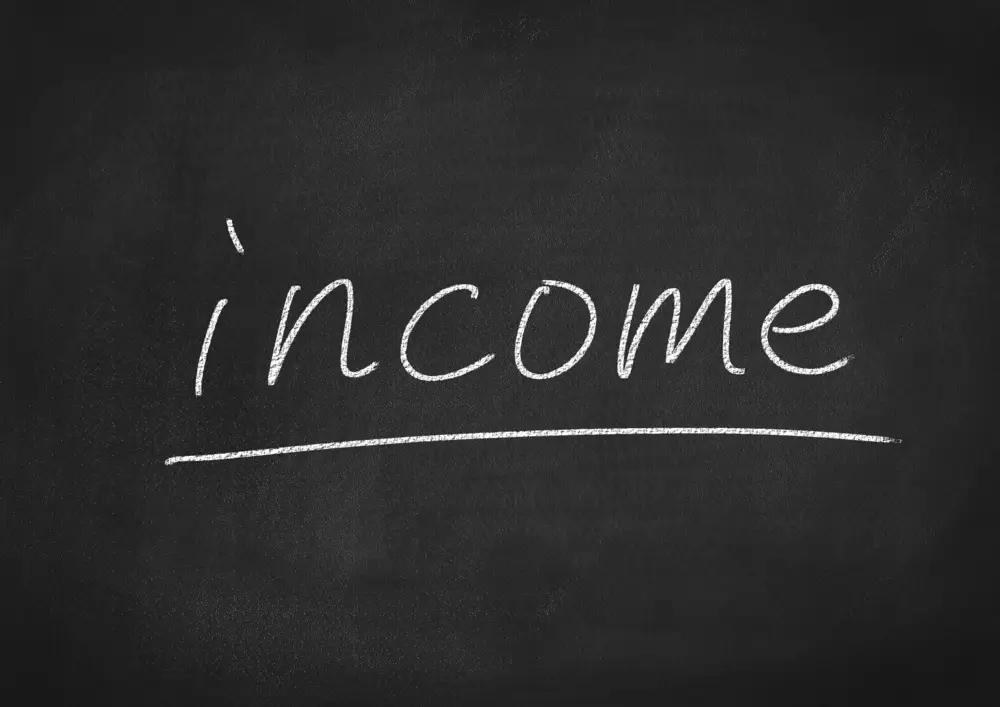Time and Money Saved: Mastering Efficiency for Your Wallet and Schedule
The old saying “time is money” is more accurate in the fast-paced world of today than it ever been. Managing money and juggling job, family, and personal development can be taxing. Still, the secret to success and harmony is learning efficiency—in terms of our time and money management as well. This post will go over doable plans for time and money saved, expense control, and future financial security building. Let’s get right in!
Time vs. Money: The Eternal Tradeoff
Many times, life calls difficult decisions between conserving money and time. Knowing when to give one top priority over the other will change your approach to daily choices.
- Realizing the Concept: Every chore we do has a financial and a temporal cost. Cooking at home, for instance, saves money but takes time; eating out saves time but is more costly. Analyze the worth of your time to make the appropriate decision.
- Review your time’s worth: Divining your monthly income by the hours you work will help you get your hourly rate. This figure will help you choose whether it is advisable to complete chores yourself or call for assistance. Outsourcing the work would make sense, for instance, if your hourly cost is $30 and you could pay a cleaner $20 per hour.
- Examples of Everyday Scenarios:
- Painting your house could save money; but, hiring a professional could save weeks of work.
- Cooking instead of eating out combines cost effectiveness with time-saving advance meal preparation.
- Pro Tip:
Invest in a dishwasher or a budgeting app, two equipment or services that offer regular time or financial savings.

10 Practical Ways to Save Time and Money
Reaching efficiency calls for juggling long-term plans with short gains. Here are tried techniques to maximize your calendar and wallet:
Quick Wins:
- Set up automatic payments for regular bills to prevent late penalties. Save money here as well. Automate some of your salary right now to fund a savings account.
- Meal planning calls for a few hours per week mass cooking of meals. Apart from saving daily cooking time, you will cut food waste and the temptation to buy takeaway.
- Utilize coupon apps and cashback programs: On regular purchases, apps as Rakuten, Honey, and Ibotta can save hundreds yearly. For best results combine these instruments with loyalty programs.
Long-Term Strategies:
- Invest in excellent products; although they may be more expensive initially, over time they save money. A sturdy pair of shoes, for example, might last years whereas less expensive options fade rapidly.
- Over time, energy-efficient appliances—such as light bulbs, dryers, and washers—help to drastically lower power bills.
- Review all of your subscriptions often and cancel any you no longer use—such as monthly software plans, streaming services, or gym memberships.
- Mint or YNAB (You Need A Budget) apps let you manage spending in real time, establish objectives, and monitor expenses.
- Thrift stores and Facebook Marketplace are two sites where gently used goods are available at a fraction of the cost of new purchase.
- Share trips to help down fuel expenses or use public transportation to save money and ease driving-related tension.
- Learn fundamental skills like repairing a ripped shirt or fixing a broken faucet at-home. You’ll save time as well as the expense of paying a professional.
How to Save Money Fast on a Low Income
Tight budget living does not imply you cannot save. The following will help you to utilize your resources and create a safety net.
- Focus on Priorities:
Sort wants from needs. For instance, give paying utilities, groceries, and rent top priority over non-essential spending like shopping or dining out. - Strategies for Cutting Expenses:
- Eat dinner at home rather than a restaurant.
- Choose generic brands over trademark brands.
- Turn off unneeded lights and cut heating or cooling consumption when not home to lower power costs.
- Creative Income Sources:
- Freelance on sites like Upwork or Fiverr.
- List more goods on Facebook Marketplace or eBay.
- Provide your community services including lawn care, tutoring, or childcare.
- Practical Examples:
- Bring lunch to work instead of eating out to save fifty bucks every week.
- Streaming free materials or checking out books from the library will help to cut entertainment expenses.

Best Way to Save Money for the Future
Financial security depends critically on a strong savings plan. This is how one should get ready for both long-term and temporary objectives:
- Short-Term vs. Long-Term Goals:
- Create a three to six month emergency fund covering your regular costs.
- Plan long term for homeownership, children’s education, or retirement.
- Tips for Effective Saving:
- To maximize interest on your investments, open a high-yield savings account.
- Invest in bonds or ETFs (Exchange-Traded Funds) among low-risk choices.
- Create reasonable financial objectives using the SMART framework—specific, measurable, achievable, relevant, time-bound.
- The Role of Budgeting:
Using tools or apps, create a thorough budget. Set aside money for savings before debating discretionary spending.
Conclusion: Time and Money Saved
Time and money management efficiency is not only a goal but also a reality reachable with regular work and wise choices. There is a method for everyone from meal prep to bill automation, from expense cutting to future planning. Choose one tip from this book and start now using it in your regimen. These little adjustments taken over time will compound into notable savings.
We would really love your opinions! In the comments below, share your best time and money saving ideas; remember also to subscribe to our site for more useful guidance.



